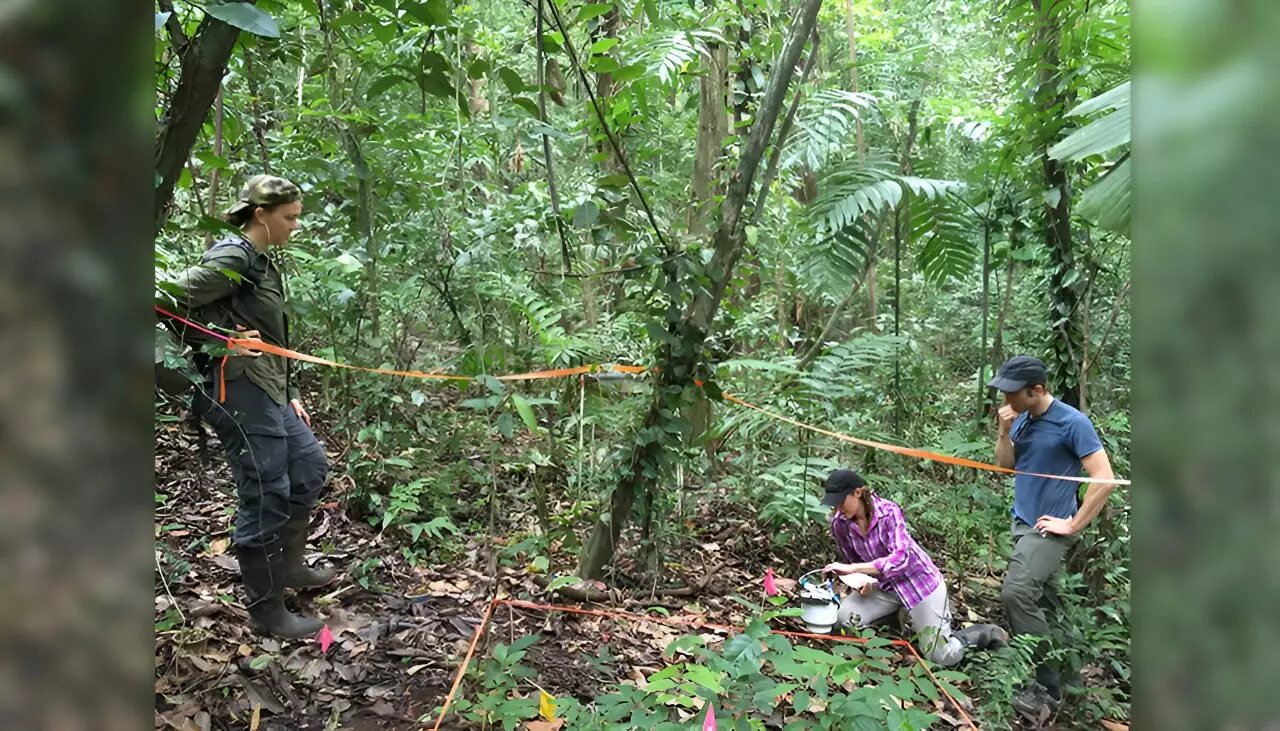Tropical forests play a crucial role in the global carbon sink, absorbing more than 50% of the terrestrial carbon. However, new research by Lawrence Livermore National Laboratory (LLNL) scientists and their colleagues reveals that climate change is posing a threat to the carbon balance of these ecosystems. The study, published in Nature, highlights the potential consequences of warming and drying on tropical forest soils, which could lead to increased soil carbon vulnerability.
The research conducted in Panama during climate manipulation experiments showed that both warming of soil by 4°C and exclusion of 50% of rainfall resulted in an increase in the average age of carbon released by the soil. This shift in carbon balance differed between warming and drying mechanisms. While warming accelerated the decomposition of older carbon, drying suppressed the decomposition of newer carbon inputs, leading to increased contributions of older carbon to CO2 release.
Tropical forests exchange more CO2 with the atmosphere than any other biome and store nearly one-third of global soil carbon stocks. These ecosystems have a short mean residence time for carbon, between 6-15 years. Any change in carbon inputs or outputs could have significant consequences for the carbon balance and climate feedbacks of tropical forests.
Climate projections suggest a future that will be warmer and drier for tropical regions, with increasing drought intensity and longer dry seasons. This could have serious implications for the carbon storage in tropical forests, as both warming and drying are predicted to intensify soil carbon losses and negatively impact carbon storage under climate change.
The study conducted by LLNL and collaborators used carbon-14 values to determine the age of carbon sources released as soil CO2 in tropical forest areas subject to experimental soil warming or drying. The results showed that warming increased the carbon-14 of respired CO2 during the wet season, indicating a greater release of “bomb” carbon (circa 1963 from nuclear testing). In contrast, drying reduced total soil CO2 release but increased the carbon-14 of respired CO2 by limiting the delivery of fresh carbon to decomposers.
The research on the impacts of climate change on tropical forest carbon highlights the complex interactions between warming, drying, and soil carbon vulnerability. As tropical forests face increasing threats from climate change, it is crucial to understand the mechanisms driving changes in carbon balance to develop effective conservation and mitigation strategies. The findings of this study provide valuable insights into the potential consequences of climate change on tropical forest ecosystems and the global carbon cycle.


Leave a Reply